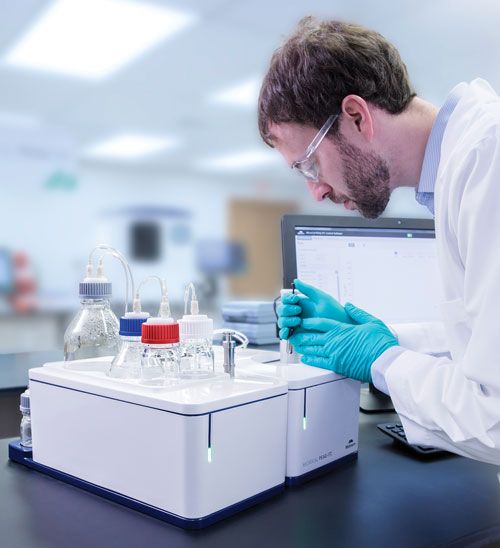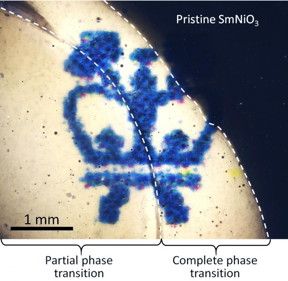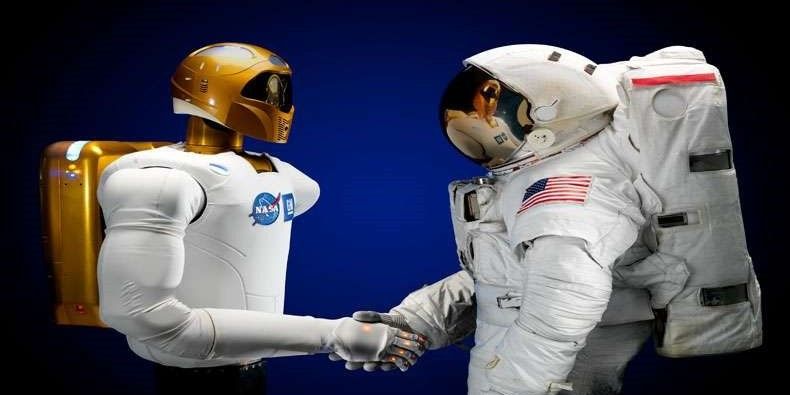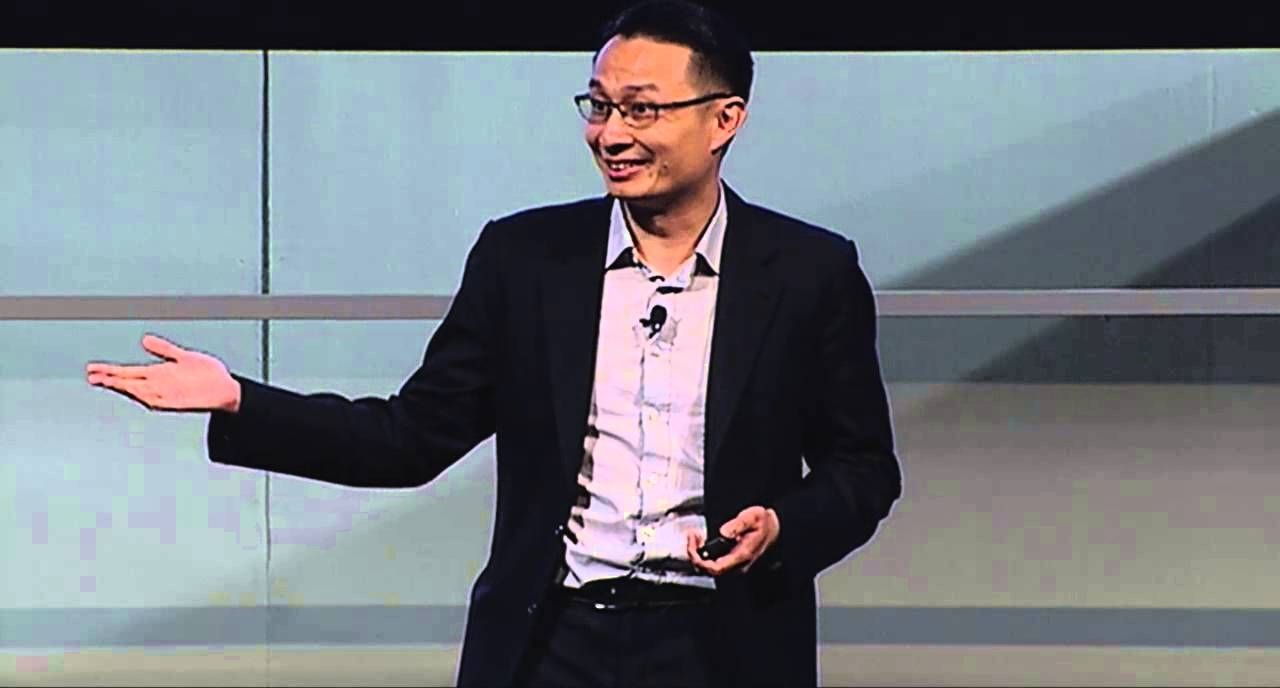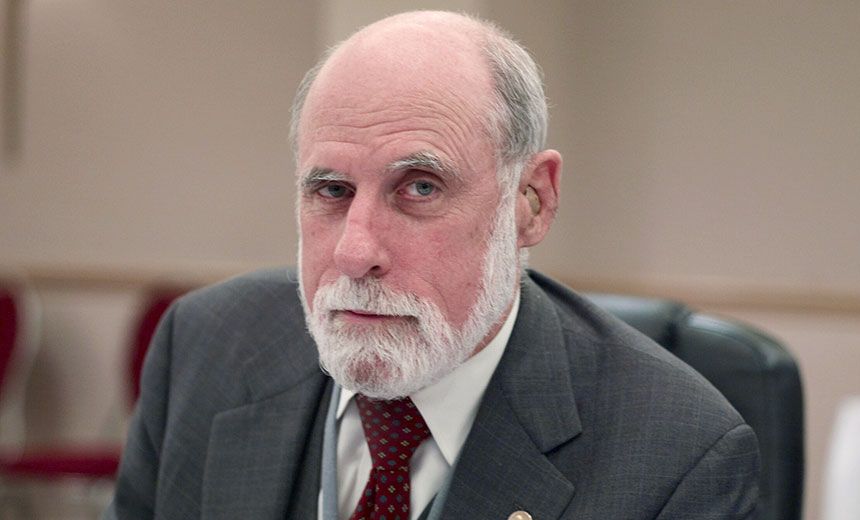Sep 1, 2016
Trauma’s epigenetic fingerprint observed in children of Holocaust survivors
Posted by Karen Hurst in categories: biotech/medical, genetics
Amazing research on how PTSD can be pass down to the survivor’s offspring due to trauma altering the traumatic victim’s DNA Sequence.
Philadelphia, PA, September 1, 2016 – The children of traumatized people have long been known to be at increased risk for posttraumatic stress disorder (PTSD), and mood and anxiety disorders. However, according to Rachel Yehuda from the James J. Peters Veterans Affairs Medical Center at the Icahn School of Medicine at Mount Sinai who led a new study in Biological Psychiatry, there are very few opportunities to examine biologic alterations in the context of a watershed trauma in exposed people and their adult children born after the event.
One of the most intensively studied groups in this regard are the children of survivors of the Nazi concentration camps. From the work of Yehuda and others, there has been growing evidence that concentration camp survivors and their children might show changes in the epigenetic regulation of genes.
Epigenetic processes alter the expression of a gene without producing changes in the DNA sequence. DNA methylation is one of these epigenetic modifications, which regulates genome function through processes that add or remove a methyl group to a specific site in DNA, potentially affecting gene transcription.
Continue reading “Trauma’s epigenetic fingerprint observed in children of Holocaust survivors” »

